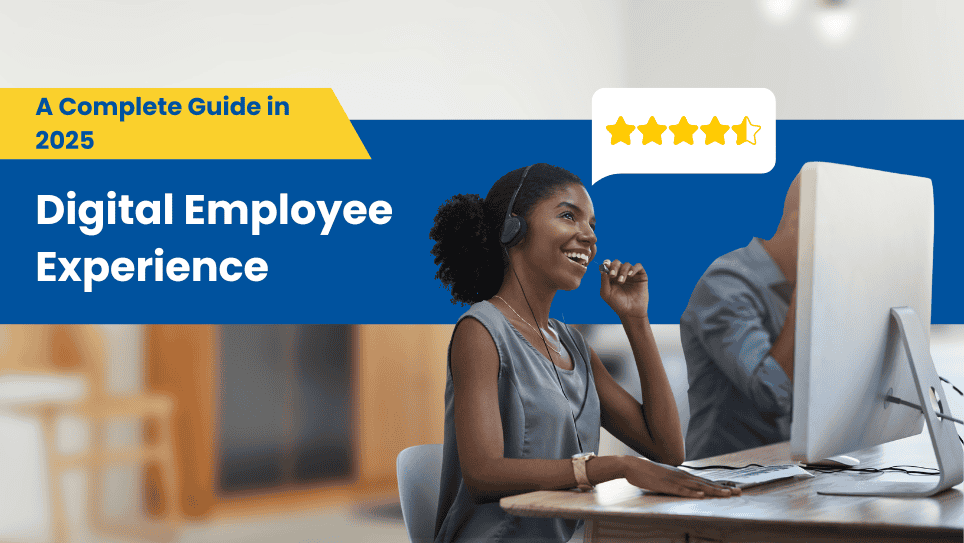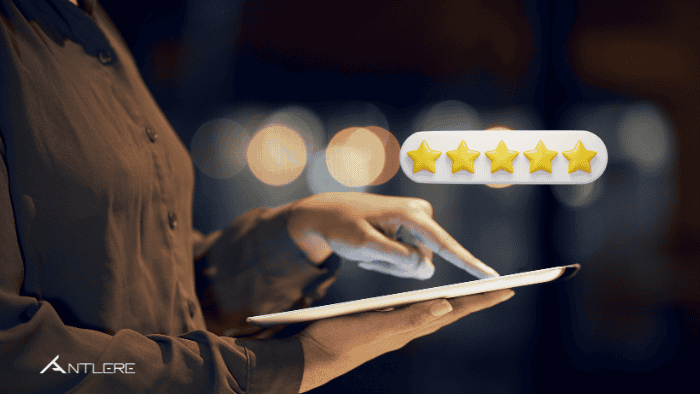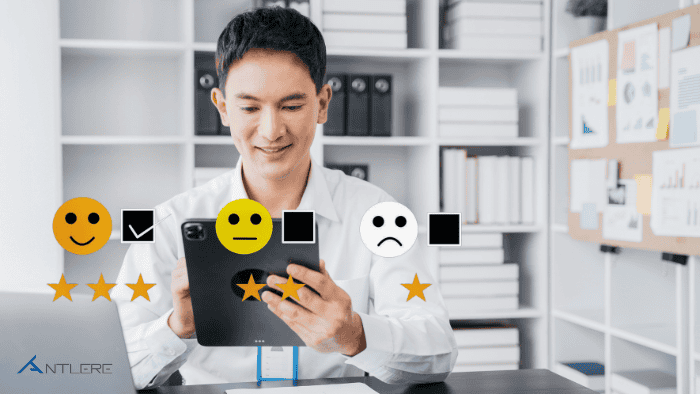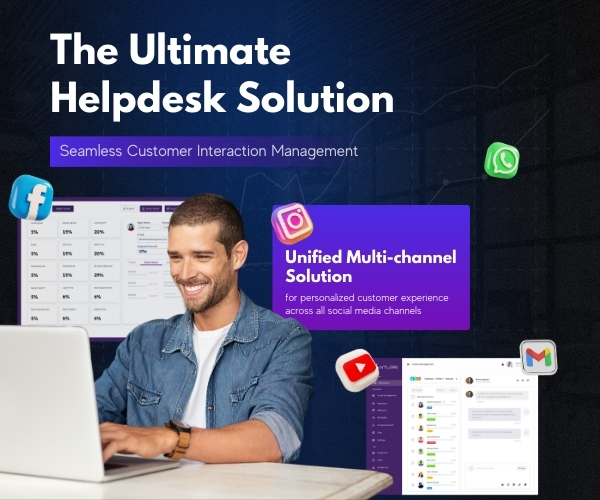
Digital Employee Experience: A Complete Guide in 2025
In a world that is primarily driven by tech, companies are now starting to realize that digital employee experience (DEX) is the cornerstone of employee satisfaction and productivity. Digital tools and platforms of employee interaction, from onboarding to daily tasks, greatly shape employees’ engagement and efficiency.
So, what is a digital employee experience strategy and why is it important? In this article, we’ll look more closely at the essential components, benefits, and procedures of building a smooth digital employee experience that meets the needs of today’s business.
What exactly is Digital Employee Experience?
Digital employee experience (DEX) is the experience employees have with the digital tools, platforms and technologies available to them in their company. It ranges from communication and collaboration tools to project management software and HR systems. In a nutshell, employee experience management in a digital context is about improving the technology ecosystem to improve ease of use, decrease friction and increase employee satisfaction.
Using technology is an essential part of an effective digital employee experience strategy, including the development of seamless and intuitive experiences that enable employees to bring their best work to life. Poor digital workplace experience results in frustration, reduced productivity, and greater friction. Personalized and smart customer experience, on the other hand, results in innovation and engagement.

Components of Digital Employee Experience
A successful digital employee experience management framework involves many critical components. Let’s delve into some of these elements.
Technology Ecosystem
At the core of DEX lies the employee experience technology used every day. These include collaboration platforms; email systems and industry focused employee experience software. Companies like Google and Microsoft have shown the way to make these tools more user friendly and robust.
Ease of Use
It’s a non–negotiable component. Tools and platforms must be intuitive and available; with a minimal learning curve. The DEX platform is streamlined so that employees spend less time troubleshooting and more time on valuable tasks.
Integration and Interoperability
A cohesive digital employee experience platform lets people move between backends (tools, systems) the same way that they do between tasks. For instance, Slack’s ability to work with Google Workspace shows us how interoperability can improve the digital workplace experience.
Feedback Mechanisms
Employee experience management software that is effective not only collects real time feedback in order to pinpoint the pain points and ways to improve but also enables employees to access that real time feedback. Organizations are empowered to make data driven decisions using platforms like Antlere.
Support and Training
Comprehensive training and sound IT support is still needed to get the best out of even the best technology.
What Are the Benefits of Digital Employee Experience
Increased Productivity
A seamless digital employee experience strategy reduces barriers and allows employees to work faster and smarter. According to statistics, 25% of productivity rise comes from companies with optimized digital tools.
Enhanced Employee Satisfaction
Having a positive employee experience management platform helps with not only morale, but also frustration, which in turn helps retention rates.

Attracting Top Talent
In modern times, employees greatly value technology. Being able to provide a better employee experience solution to your people can set your organization apart in the talent market.
Cost Savings
Systems that are efficient cut downtime and IT overhead, and the savings can be incredible. For instance, one Fortune 500 company saved $1.5 million annually in productivity losses, by integrating a digital experience management system.
Innovation
An empowered workforce with the right employee experience tools in hand is more likely to experiment, to innovate, and to drive business growth.
How to Create an Exceptional Digital Employee Experience
Assess the Current State
The first step is to review your organization’s existing digital experience framework and operating model. Surveys and analytics from employee experience management software along with survey questions allow you to identify strengths, weaknesses, and gaps.
Employees Involvement
Collaboration is key. A digital employee experience software is used to gather input from employees about what they need and what they prefer.

Choose the Right Technology
Choose a robust digital employee experience platform that works for you towards your goals. Choose tools that scale, are integrated, and user focused.
Prioritize Integration
Make sure that your tools and platforms can integrate seamlessly, developing an Employee Experience management ecosystem. Fragmented systems are not ideal for productivity.
Provide Training and Support
Give employees the tools and the knowledge to understand how to use technology. A strong digital employee experience strategy will include such trainings programs, tutorials, and IT support.
Monitor and Optimize
Measure the effectiveness of your DEX platform continuously using analytics and employee feedback. Use this data to iterate.
Bottomline
Digital employee experience is no longer optional; it’s a competitive necessity. Investment in DEX serves as a strategic tool for increasing productivity, changing workplace culture positively, and enabling satisfaction, innovation, and growth. Companies that care about digital employee experience can attract, retain and secure talent for the future.
Antlere understands the value of employee experience management. We enable enterprises to maximize their digital experience using industry leading employee experience technology. Antlere brings seamless integrations, actionable analytics and more to your workplace.
Are you ready to enhance your digital workplace experience?
Get in touch with Antlere CX Platform today!

Frequently asked questions
How is digital employee experience (DEX) different from traditional employee experience?
Traditional employee experience focuses on the overall environment, culture, and in-person interactions at the workplace whereas DEX specifically emphasizes the digital tools and platforms employees interact with daily, such as communication, collaboration, and HR systems.
Does DEX have any impact on hybrid and remote work environments?
Digital employee experience becomes essential in hybrid and remote setups as employees must be entirely dependent on digital tools to stay connected, collaborate, and manage tasks efficiently. A poor DEX in these environments can lead to disengagement and productivity loss.
Can AI enhance the digital employee experience?
AI can personalize experiences by offering tailored recommendations, automating repetitive tasks, and providing smart assistants for troubleshooting and navigation. These capabilities help employees focus on high-value work.
What metrics should companies track to measure the success of their DEX strategy?
Companies should track metrics like employee satisfaction scores, productivity rates, tool adoption rates, IT support ticket volume, and feedback from digital experience surveys.
How can small and medium-sized businesses (SMBs) implement DEX on a limited budget?
SMBs can focus on cost-effective solutions such as leveraging cloud-based tools, prioritizing user-friendly platforms, and implementing feedback mechanisms to identify and address pain points without extensive investments.


